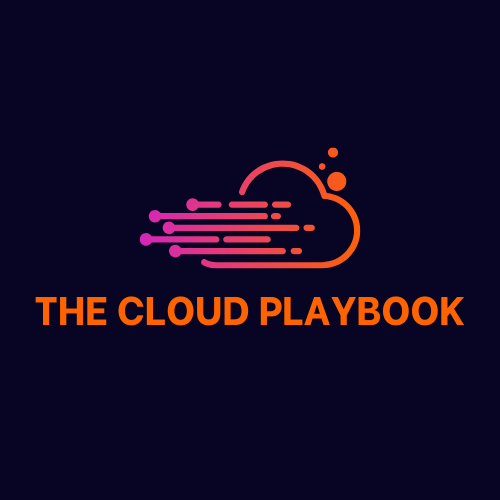TCP #30: Streamline AWS management without a single line of code
Discover how Amazon Q turns complex queries into simple questions.
You can also read my newsletters from the Substack mobile app and be notified when a new issue is available.
Recently, I had to set up a prototype to demonstrate connectivity to a Redshift cluster from a Docker container running R code. (I have no idea how to write code in R programming!)
Guess who I turned to? (No, it was not Google/Stackoverflow).
Amazon Q to the rescue!
I wrote a simple prompt to ask Amazon Q to generate a sample code for connectivity to Redshift. Within a few minutes, it generated an optimized code snippet with proper error handling!
I was blown away!
Amazon Q is changing the game for software developers by enabling natural language queries to AWS resources.
It simplifies data access and system management by allowing developers to ask plain English questions instead of navigating through the complex layers of the AWS Management Console.
In today’s newsletter issue, I will explain how to use Amazon Q in your software development workflow to save time and boost productivity.

What is Amazon Q?
Amazon Q is a machine learning-powered query tool designed to allow AWS users to ask natural language questions about their AWS resources.
It eliminates the need for manually searching through dashboards or writing complex scripts, as developers can ask questions like, “What are the CPU usage stats for my EC2 instances?” and get instant answers.
For example, instead of navigating the AWS EC2 Console to check resource utilization, you can type, “Show the CPU usage for all EC2 instances in the last hour,” and get real-time results.
Getting Started with Amazon Q
Setting up Amazon Q is straightforward; you can integrate it into your AWS environment with minimal effort.
Step 1: Enable Amazon Q
Keep reading with a 7-day free trial
Subscribe to The Cloud Playbook to keep reading this post and get 7 days of free access to the full post archives.


